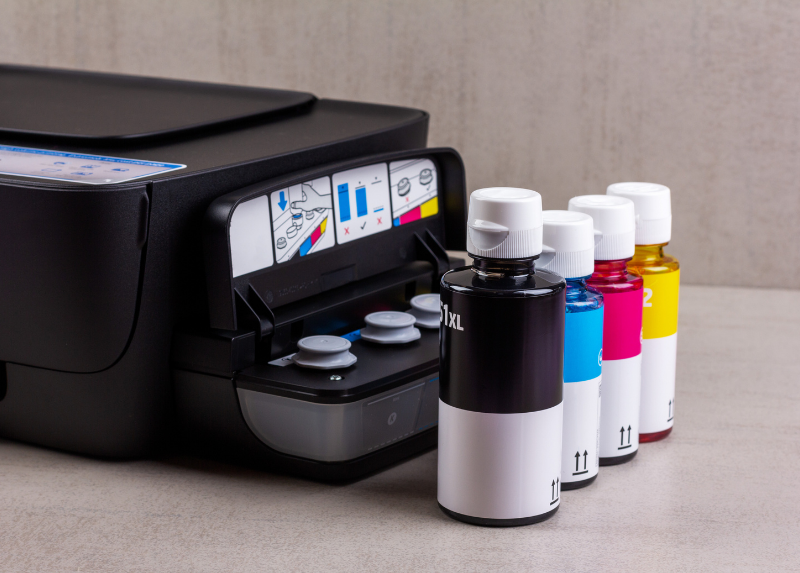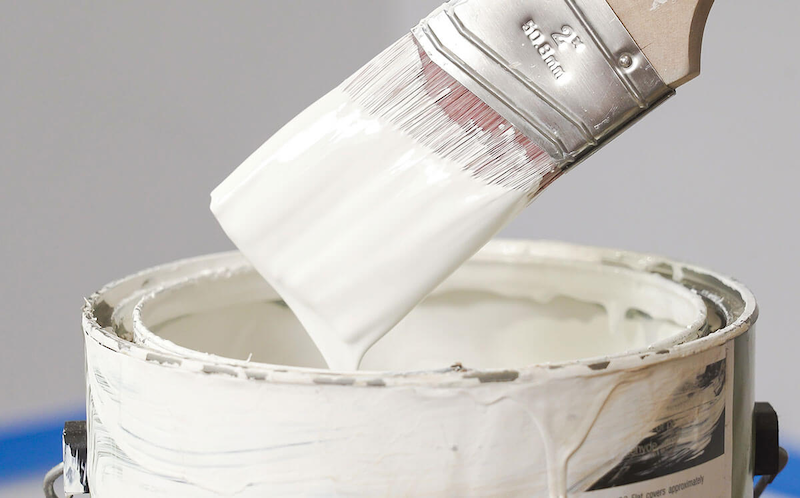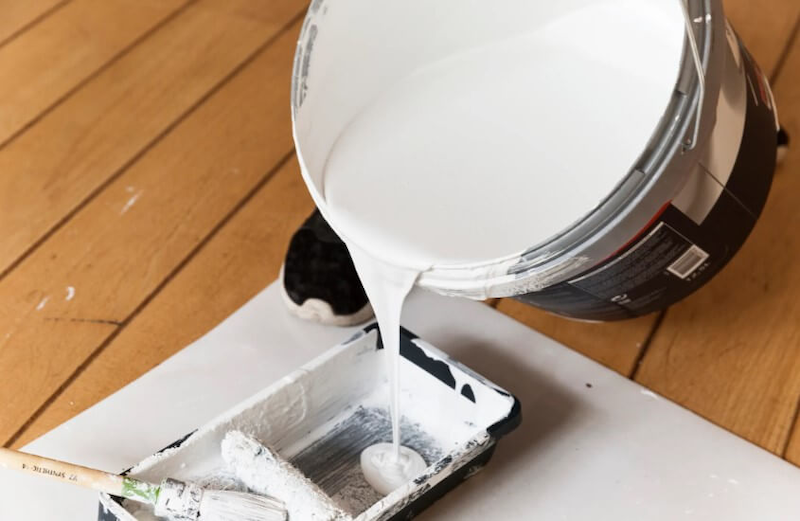Understanding acrylic paint mediums: Why use them and what to consider
15/05/2025
|
Industry news
Acrylic paint medium is a liquid used to thin acrylic paint, adjust its viscosity, transparency, and drying time without affecting adhesion or pigment quality. So how can you choose the right acrylic medium for different usage needs? Check out the information below to find the best option and important notes when using acrylic paint mediums!
Why choose an acrylic paint medium?
Using an acrylic paint solvent helps adjust the paint’s consistency, making it flow smoothly and easier to control. It also allows for better transparency and coverage, creating either a glossy or matte effect as desired. Additionally, solvents can influence drying time, slowing it down for easier blending. They also improve adhesion, enhance durability, prevent peeling, and support special effects like impasto, pouring, or textured surfaces. Choosing the right solvent enhances both the quality and longevity of the product.

Types of acrylic paint mediums
Water
– Characteristics: Lightly thins paint, creates a transparent effect.
– Application: Affordable, safe, and easy to use.
– Advantages/disadvantages: Excessive use may over-dilute the paint, reducing adhesion.
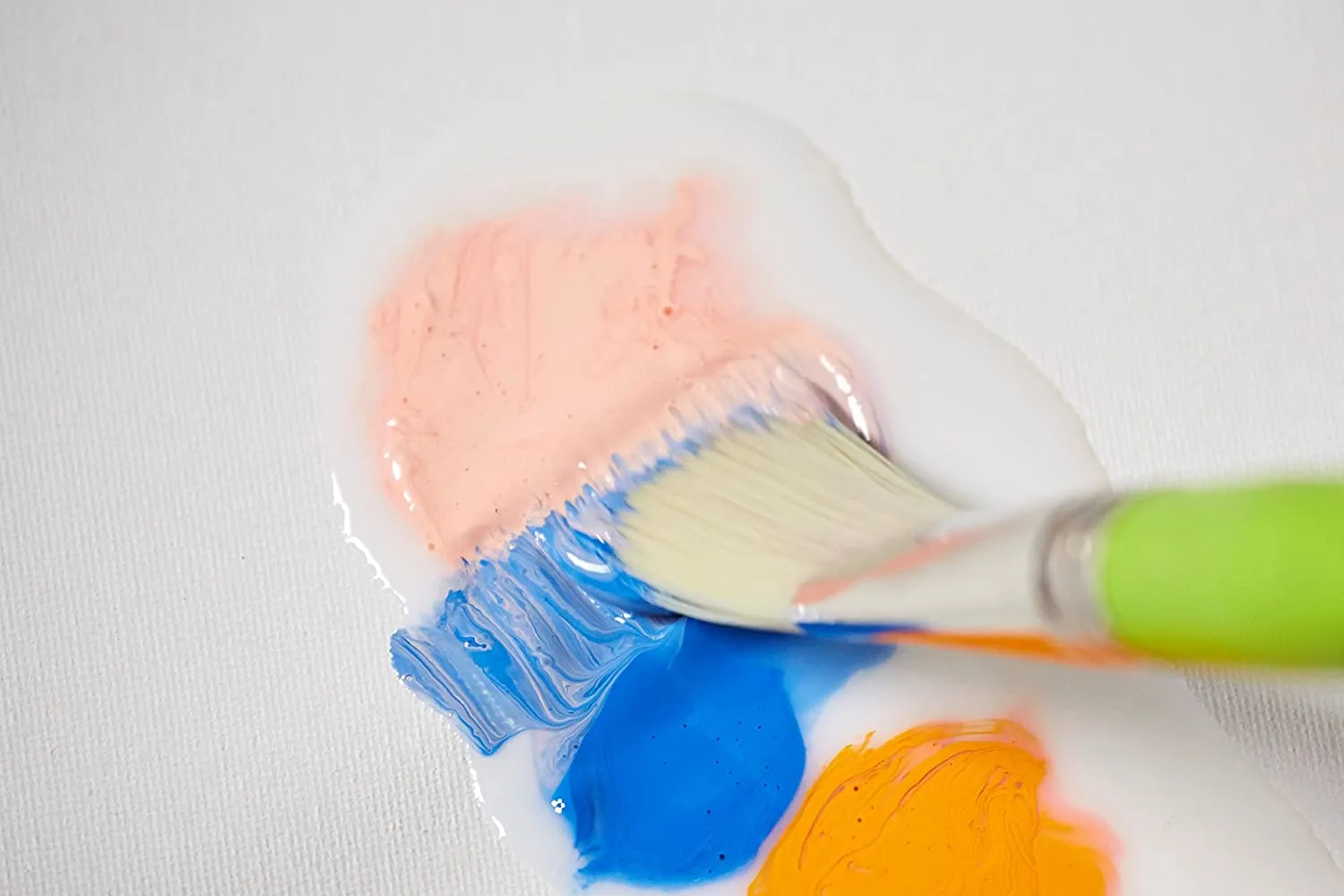
Acrylic Liquid Medium
– Characteristics: Adjusts paint consistency without affecting pigment intensity.
– Application: Creates a subtle matte effect or a less glossy finish.
– Advantages/disadvantages: Does not alter paint texture. If overused, it may affect color
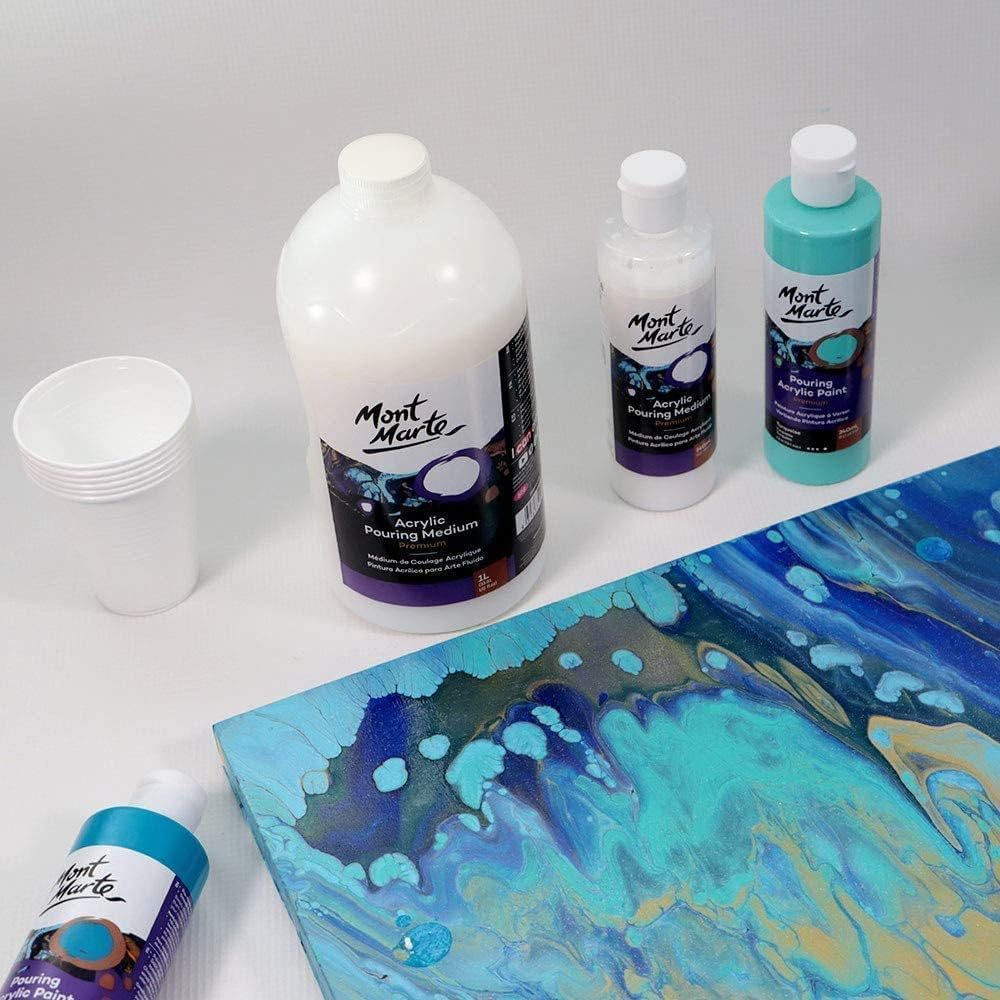
Acrylic Matte Medium
– Characteristics: Reduces gloss, giving the paint a matte surface.
– Application: Creates a natural matte effect, prevents light reflection.
– Advantages/disadvantages: Maintains color depth, adding dimension to the artwork. Overuse may make colors appear slightly dull.

Acrylic Transparent Gloss Medium
– Characteristics: Enhances gloss and increases transparency.
– Application: Used for glossy finishes and layering techniques.
– Advantages/disadvantages: Keeps colors vibrant without affecting pigments. May slightly extend drying time.

Acrylic Retard Medium
– Characteristics: Extends drying time, making color blending easier.
– Application: Used for detailed work and blending techniques.
– Advantages/disadvantages: Prevents paint from drying too quickly, improving control.

Isopropyl Alcohol (IPA)
– Characteristics: Reduces paint viscosity, improving flow. Does not alter pigments.
– Application: Used to thin paint for airbrush applications. Creates water droplet or cell effects when added to wet paint.
– Advantages/disadvantages: Enhances paint flow for specific techniques. Overuse may reduce adhesion. Has a strong odor and should be used in a well-ventilated area?
Acrylic Flow Improver
– Characteristics: Reduces paint viscosity without affecting pigment concentration.
– Application: Used for fine details, airbrushing, and paint pouring techniques.
– Advantages/disadvantages: Helps paint flow smoothly, preventing brush marks. Must be mixed correctly to avoid over-thinning the paint.
Notes when using acrylic paint mediums
Do not over-dilute – Use solvents in the right ratio to avoid excessive thinning, which may reduce adhesion.
Choose the right solvent – Each type (water, acrylic medium, IPA, etc.) serves a different purpose, so select accordingly.
Control drying time – Some solvents slow drying, while IPA speeds up evaporation.
Preserve pigment quality – Certain solvents can alter the glossiness or transparency of the paint.
Use in a well-ventilated area – Especially when using IPA or Flow Improver to avoid inhaling fumes.
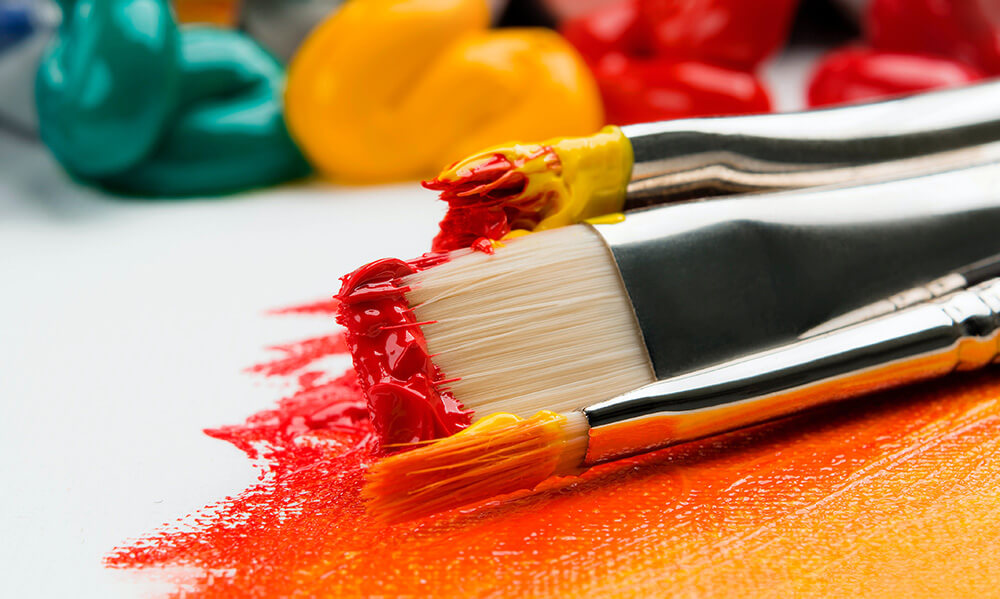
Acrylic paint mediums are now widely used for painting on surfaces such as fabric, walls, paper, and ceramics thanks to their ability to create various effects (glossy, matte, thick/dense, fast/slow drying, etc.), enhance color durability, and add depth to the artwork. However, when using these mediums, it is important to mix them in the correct ratio (medium + paint) and avoid overusing them, as excessive use may reduce adhesion and compromise color accuracy.
Contact K-Chem now for free consultation on the acrylic paint medium that best suits your needs and enjoy special discounts for bulk purchases.
K-CHEM VIETNAM CO., LTD
- N6B Road, Lot F, Phu Chanh 1 Industrial Park, Phu Chanh Ward, Tan Uyen City, Binh Duong Province, Vietnam
- Tel: +84 274 362 0218
- Email: info@k-chem.vn
- Website: https://k-chem.vn



